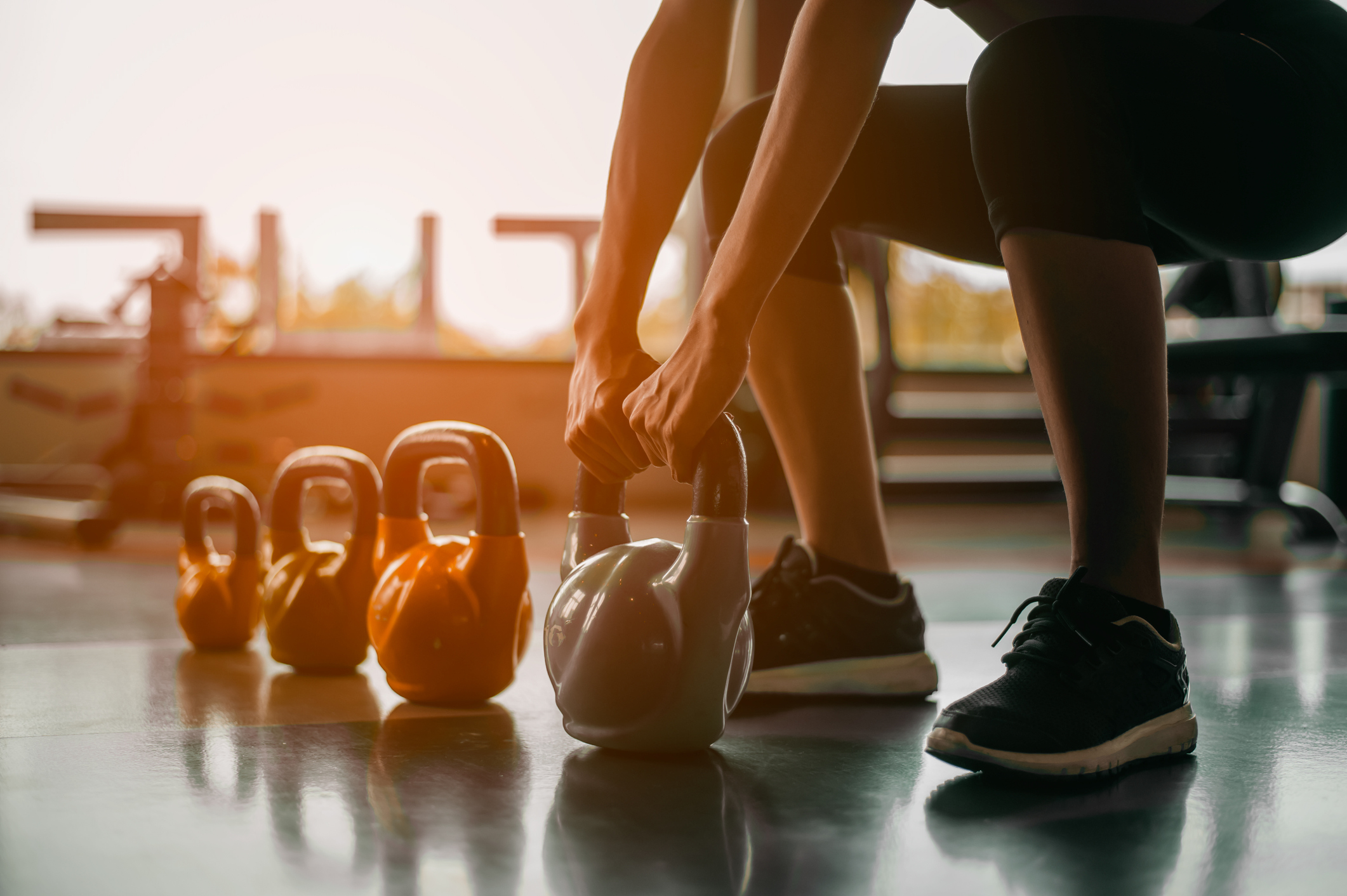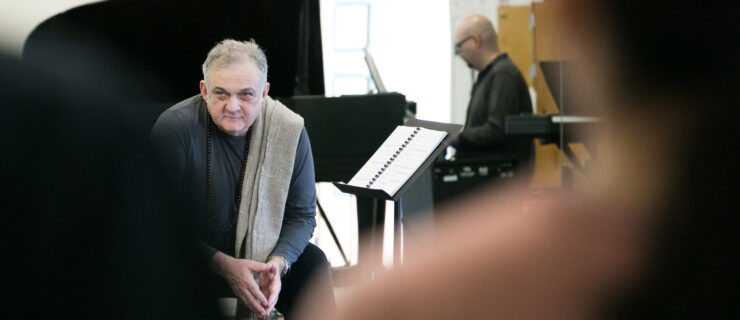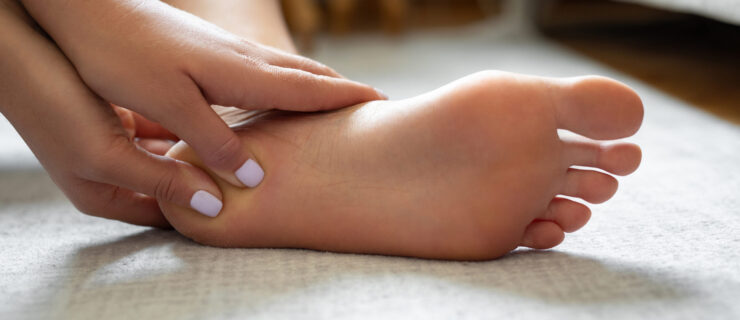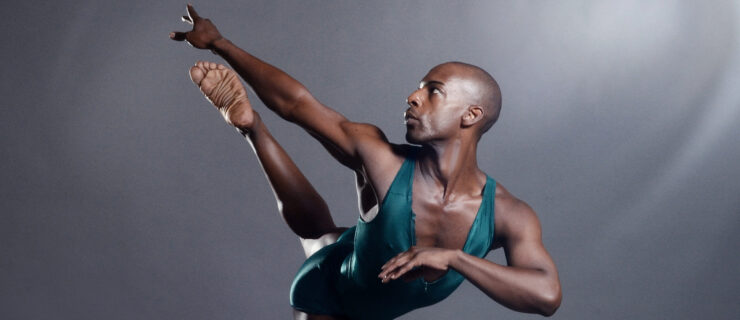7 Reasons Why Kettlebells Rock for Dancers’ Fitness—and How to Use Them
Dancers know that choosing the right cross-training methods can improve their performance and increase the longevity of their careers. But as sports training has evolved, there are more options than ever. So what’s your best bet? If you’re looking to improve your level of fitness and want to see that carry over into your dancing, there’s one tool that’s highly effective: the kettlebell.
“Athleticism is strength and explosiveness, but also control and grace,” says Shawn Mozen, president of Agatsu, which introduced kettlebells in Canada and several other countries around the world. “Kettlebells are very athletic! You learn when to contract, when to relax; you also learn timing and instinct.”
Build Dynamic Strength With One Tool
As dancers, when we’re cross-training we need to consider whether a tool allows us to be dynamic with our movements. Kettlebells can build dance-specific strength by adding load to multidirectional and multiplanar motions. Without needing to change equipment, we can change levels and challenge our balance and coordination. From a single-arm front-racked squat to a goblet squat, we can perform similar movements yet engage different muscle groups. Performing HIIT sequences, such as Tabata, EMOTM (“every minute on the minute”) or AMRAP (“as many reps/rounds as possible”) with kettlebells can build stamina for those long rehearsal days and “7-to-smoke” battles. It’s the Swiss Army knife of fitness equipment!
Recover Faster
Recovering is important for us to reap the benefits of workouts, and to practice at a high level. Although barbell training will make you feel strong, it puts a lot of stress on the nervous system and can take a few days to fully recover from.
Because kettlebells are so versatile, you can transition into different movement patterns with the same weight. This is known as a “kettlebell complex” or “kettlebell flow.” Flows will improve your conditioning without taxing your nervous system, since you’re using force to move the load in different directions and with different muscle groups. Because you aren’t burning out your body by doing the same motion with heavy loads, it’s much easier to recover, allowing you to still have energy for rehearsals and performances.
Simplify Your Training
A workout that includes barbells, dumbbells, machines and other equipment can feel daunting and be challenging to perform in your typical big-box gym. The equipment has to be available, and you need to be proficient in a mélange of training tools and exercises.
On the other hand, you can use one or two kettlebells to perform multiple exercises, training different elements of fitness from strength to conditioning to power and even mobility. Taking up very little real estate, the humble kettlebell can shape a bold fitness environment even at home and still leave you space for dance sessions.
Strengthen Your Stabilizers
Strong and stable joints will prep your body for dancing all out. Open chain-movements (where your hands are free to move in space, as opposed to static machine exercises) target the muscles that stabilize the working joints, giving you strength to perform more risk-taking moves, and keep your body durable.
Create Explosive Power
Ballistic kettlebell moves, like swings, cleans and snatches, will make you a stronger and explosive dancer. Use them to become a krumper who can deliver broad and high buck-hops that cover a lot of ground, a breaker with a snappy six-step and propelling power moves, a hard-hitting popper or a ballerina with breathtaking leaps.
Improve Your Proprioception
Body awareness and coordination are key for dancers. Kettlebell exercises will have you swinging the weight in front of you, to your side, around your head, around your body, between the legs, in front of your chest, overhead—all of these moves build proprioception.
Refine Your Style
There are many elements of fitness that can enhance the way we dance. When kettlebell exercises are broken down, we’ll find that to execute them with finesse, we require mobility and stability from toes to ankles, knees, hips, up through the vertebrae, the shoulders, elbows, wrists and fingers. Deliberately improving your kettlebell control will uncover opportunities that will allow you to dance differently.
So, if you’re feeling in a rut, give the kettlebell a go with some Around the Worlds, B-Stance Deadlifts and Turkish Get-Ups. You’ll be more confident in exploring new ways of moving, which will allow you to feel more creative within your dancing.
Here are four great exercises you can get started with. Begin your collection with a light-weight and a moderate-weight kettlebell, and expand as you build strength and technique.
Kettlebell Goblet Squat
The goblet does a great job of training your lower body strength and integrates the core, building better control, and setting a foundation of good habits for other kettlebell exercises.
Kettlebell Swing
A classic ballistic move, the swing helps generate explosive power from the hips and strengthens the posterior chain. This explosive strength will carry over into high-energy dance styles and those that require more athleticism.
Kettlebell Around the Head
Halos challenge wrist strength, shoulder mobility and core strength; perfect for breakers, modern dancers or others who transition into floor work. Bringing the kettlebell from in front of the chest, around the head and back towards the chest can also challenge your proprioception.
Kettlebell Turkish Get-Up
Bringing you through all three planes of motion, the Turkish Get-Up challenges joint stability in the upper and lower body, core strength, mobility and coordination. There’s a higher learning curve for this exercise, but with so many benefits, it’s worth taking the time to learn. From maneuvering the kettlebell at different angles and different positions, you build unique strength that will allow you to be a more well-rounded dancer.





